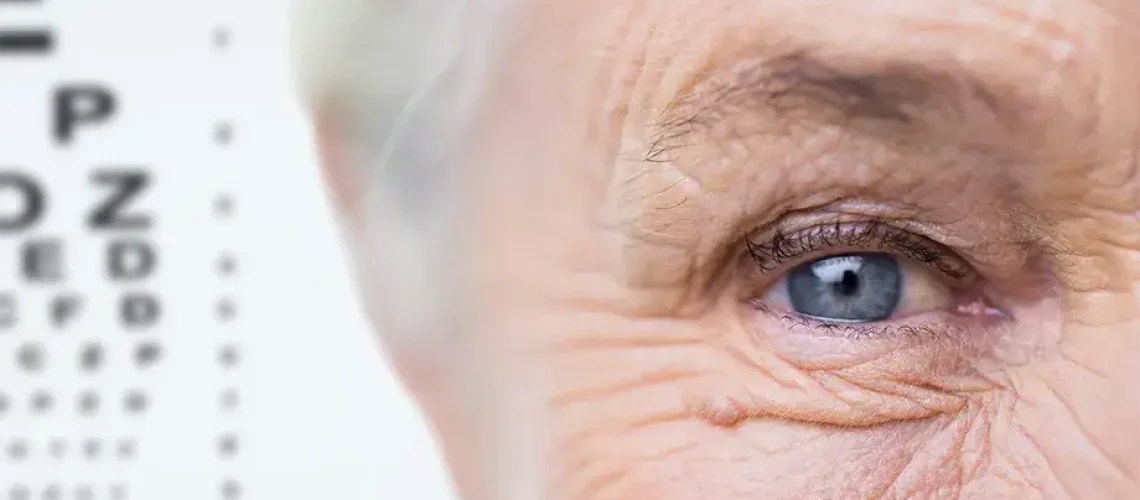The eyes, often referred to as windows to the soul, play a fundamental role in how we perceive the world. However, as time passes, these windows may develop a cloudiness known as cataracts. In this exploration of ocular health, let’s unravel the mystery behind cataracts, understanding their nature, causes, and the transformative power of modern interventions.
Defining Cataracts
Age-Related Cataracts
Causes Beyond Aging
Recognising the Signs
The Journey of Cataract Surgery
Fortunately, advancements in medical science have paved the way for transformative cataract surgeries. Modern cataract surgery is a safe and effective procedure that involves the removal of the clouded lens and its replacement with an artificial intraocular lens (IOL). This outpatient procedure has a high success rate and a relatively quick recovery time.
Types of Intraocular Lenses
Patients undergoing cataract surgery now have a variety of intraocular lenses to choose from, each offering unique advantages. Discussing these options with an Ophthalmologist allows for personalised treatment plans tailored to individual visual needs.
Would you like to book
an appointment with our specialists?
Clearsight Eye and Laser Centre offers free laser assessments. At this appointment, you will have the opportunity to discuss any questions you may have.
If you have any questions, contact our team today on (02) 9649 5591.



